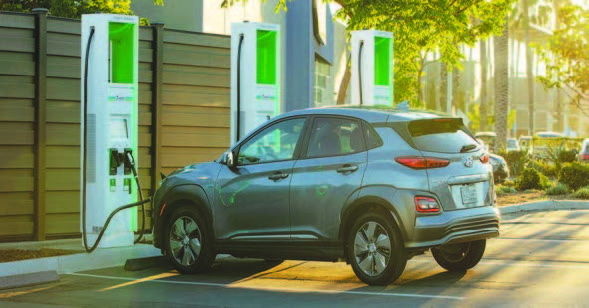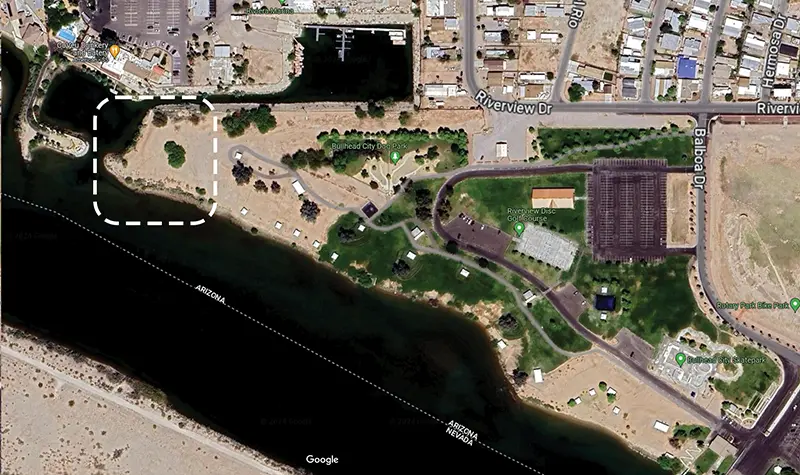NATION – Nearly 35 million American drivers will be on the road this summer and while EV infrastructure is still growing, the burgeoning part of the population of first-time EV owners may have to take additional steps to ensure a successful road trip. Following are tips for a successful electric vehicle road trip:
• Plan your trip beforehand: Sites like PlugShare, EVgo, Electrify America and Tesla offer apps you can download to help organize your trip around available charging units. Signing up beforehand allows you to program the type of EV you drive in order to access chargers compatible with your vehicle. Many popular tourist attractions and hotels also offer complimentary access to charging stations for guests.
If you’re looking to travel to a national park, know that many RV parks offer Level 2 chargers. It’s always best to review campground policies along with charging information from EV charging apps to verify that the campground has the type of charger you need and that they will allow you to charge your car on their property.
• Know the type of charger you need: With the exception of Tesla, which are equipped with an adapter to fit non-Tesla chargers, you can charge your car at almost any charging station as long as it is compatible with your vehicle plug type and you have the right tap card or mobile app to access that particular station. It’s also important to know the different levels of public chargers available and how fast they’ll charge your vehicle:
1) Level 1 chargers are often free but are the slowest to charge. They can take up to 24 hours to power your vehicle completely.
2) Level 2 chargers, found at most charging stations and RV parks, are quicker and can fully charge your vehicle in four to eight hours.
3) Level 3 chargers can get you back on the road the quickest with a full battery in about an hour, but are also the most expensive. Even though the cost can vary depending on where you are and what type of charger you use, powering up will still be cheaper than gas.
As a general rule, it’s best to plan a recharge when your car is at 20%. It’s better for your car’s battery and can give you some time to get through traffic and to the nearest charging station.
• Roadside assistance: Before heading out on the road, make sure your insurance policy offers roadside assistance for your EV. Some roadside assistance plans have tow trucks that are equipped with portable chargers or offer a flatbed truck to tow your vehicle to a charging station. Some EVs may need a flatbed truck to tow them as they are not equipped to be towed like gas-powered vehicles.
“When contacting roadside assistance or a local towing company, tell them you are traveling in an electric vehicle,” said Quinn. “Any issues that require more than a quick charge, like battery or tire problems, may require your vehicle to be towed to a facility for further work.”
• Be flexible and have a backup plan in place: Road trips have always had a sense of adventure to them and sometimes unexpected situations arise in the form of bad weather or road delays. Have a backup plan in place before you set out on your journey. Map out alternative routes with charging stations in case there is a change to your itinerary.
As EV infrastructure improves and electric vehicles become more commonplace, there will be more options for charging. For now, take the time to calculate the number of miles you’ll need to drive between charging and what type of mileage range your car has. Being prepared and allowing for flexibility can make for a more positive EV road trip experience.



























